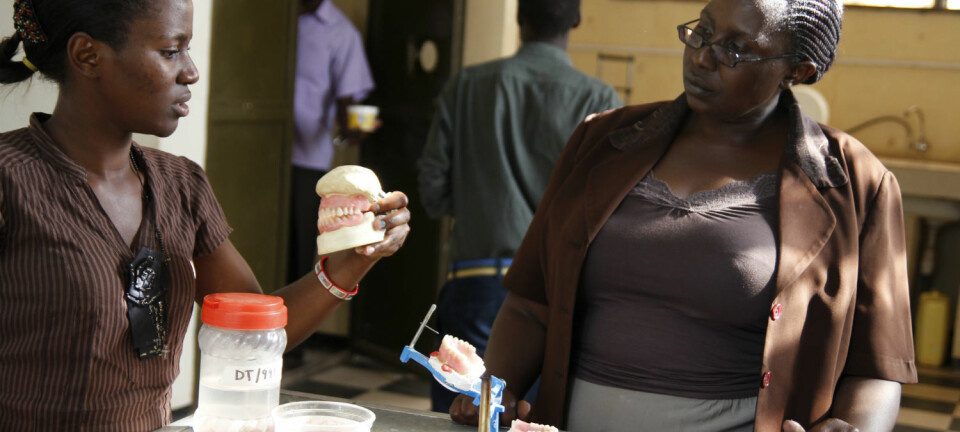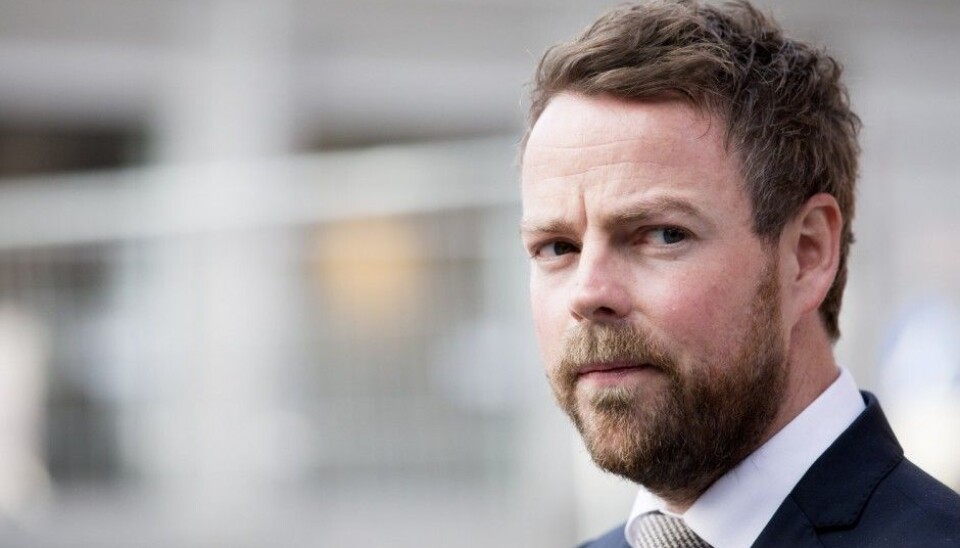
Norwegian higher education costs vary wildly across disciplines and institutions
Norway is one of the few remaining countries in the world without tuition fees, but that doesn’t mean education is free. Per student costs at Norway’s older universities can be more than twice those of more recently established institutions.
Denne artikkelen er over ti år gammel og kan inneholde utdatert informasjon.
The average Norwegian university student costs 20,350 Euro a year. But a medical student at the Norwegian University of Science and Technology (NTNU) costs 82,000 Euro per year, making it the country’s most costly degree. And that’s compared to 50,300 Euro per year for a medical degree at the University of Oslo.
In contrast, a full-time student pursuing a degree in business administration at one of Norway’s university colleges costs 7,700 per year. The costs are similar for teacher training programmes and language studies.
These surprising numbers come from a recent report where the Norwegian Ministry of Education and Research teamed up with Deloitte, a consulting firm, to look at how Norway’s 22 largest universities and university colleges spend taxpayer funds.
Six programmes evaluated
The study compared the costs of teacher training, ICT engineering, nursing, language studies, medicine and business administration at 22 institutions of higher education across the land.
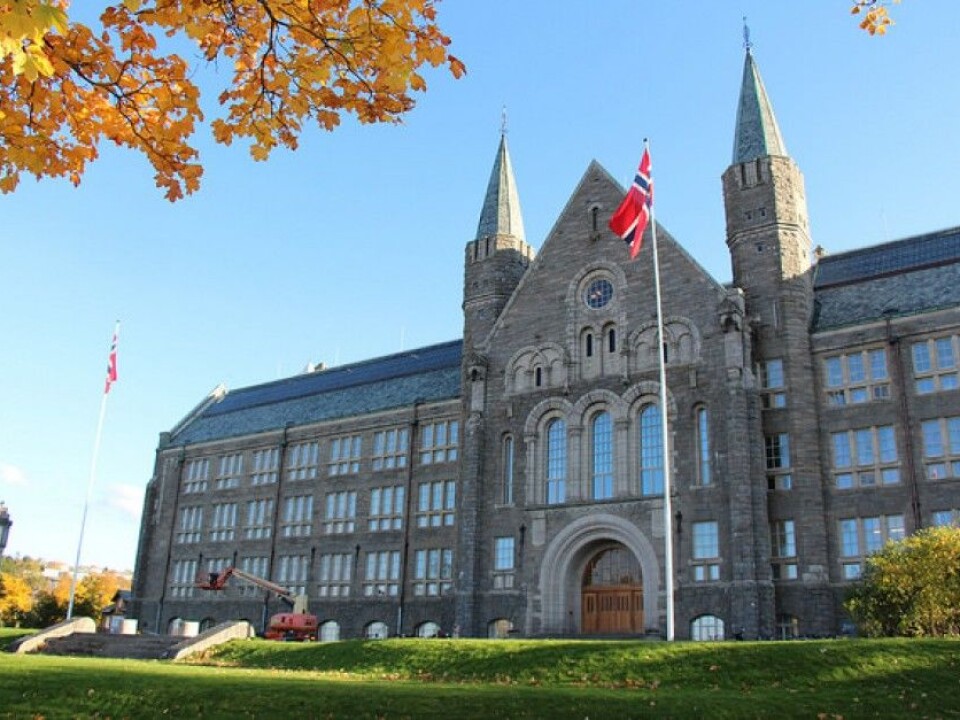
The study did not include the costs related to the buildings used by students and staff. Analysts said including these expenses would have made the calculations too complicated.
With the costs of buildings excluded, the average full-time Norwegian student cost taxpayers 20,350 Euro per year.
Master’s and PhD students cost more
Much of the cost differences between the older, more established Norwegian universities in Oslo, Bergen, Trondheim, Ås and Tromsø and university colleges and and universities in Stavanger, Agder and Nordland were because the different institutions offer very different programmes and conduct different kinds of research.
The older, more well-established universities also typically allow their employees to spend more time on research than employees at university colleges. The idea behind this is that academics who spend more time on research are better equipped to provide students more of what is called research-based teaching.
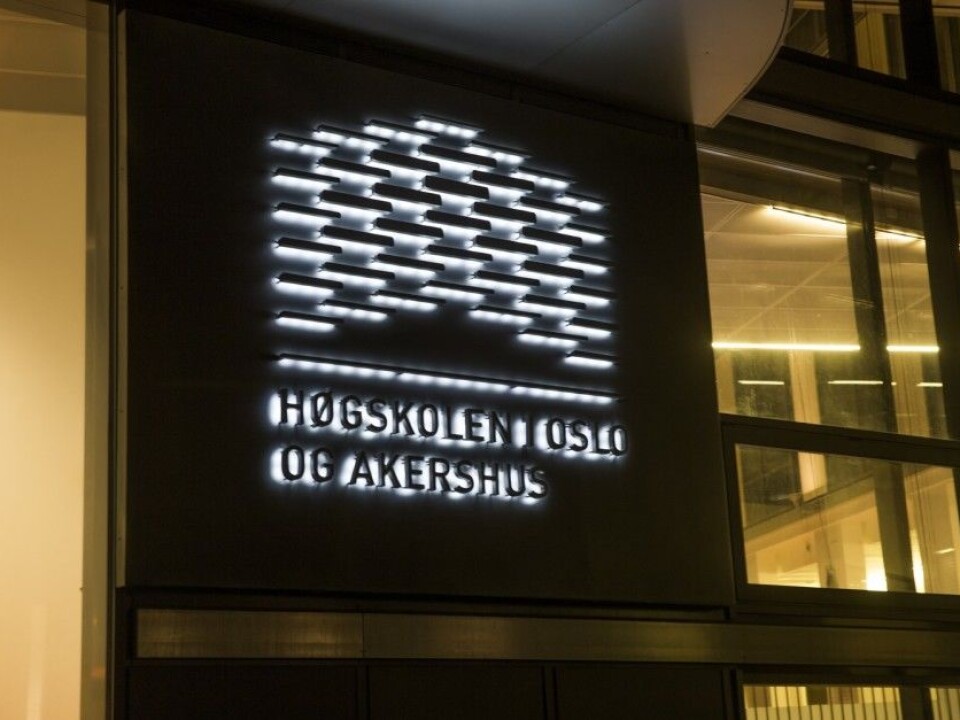
Nevertheless, academic employees at the University of Bergen spent 68 per cent of their time teaching, which tied with employees from Sør-Trøndelag University College for the most amount of time spent teaching at any institution of higher learning in Norway.
Academics at NTNU spent the least amount of time educating students, with just 44 per cent of their work hours devoted to teaching. The numbers are drawn from a 2011 study conducted by NIFU, the Nordic Institute for Studies in Innovation, Research and Education.
The more well-established universities also have more students at the master's or doctoral degree level than do university colleges. The annual costs per student for those pursuing advanced degrees are typically higher than those for undergraduate students.
No economies of scale
Wages make up about three-quarters of Norway’s current expenditures at universities and university colleges.
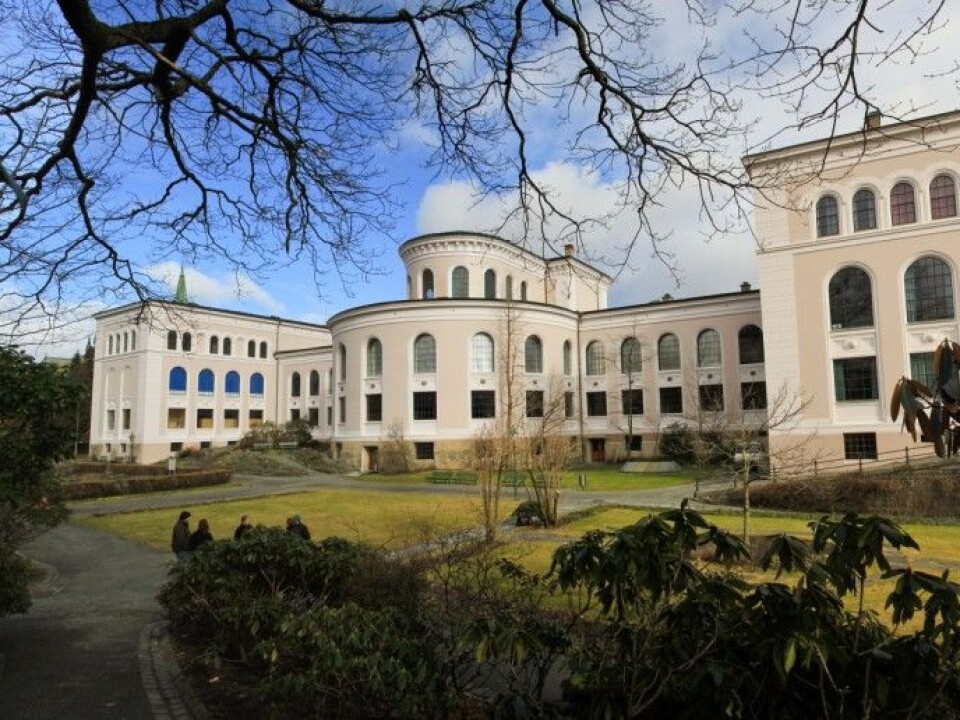
In total, the institutions spent 35 per cent of their annual budgets to pay for teaching, 15 percent to pay for research and 22 percent to pay managers and other employees.
One surprising finding was that the administrative costs per student were not lower at major academic institutions than at smaller institutions. Nor did the costs of administrative staff who manage academic staff show any correlation with the size of the institutions.
In short, there was little evidence of savings due to economies of scale in Norwegian academia.









